It’s pretty cool to safely say that plant-based athletes can be found in every sport. And they aren’t just there as second stringers, bench warmers or participant ribbon wearers. They excel. The impressive list of plant-based athletes include 5 time Formula One champion, Lewis Hamilton, #1 ranked professional tennis player, Novak Djokovic, two-time Olympic gold medallist, snowboarder Hannah Teter, Mr. Universe 2014, Barny du Plessis, El Capitan free soloer, climber Alex Honnold and 5-time NBA All Star, Kyrie Irving. (That’s just naming a few, there are boatloads more of these gems.)
A plant-based diet for athletes is straightforward (not that much different than a regular plant-based diet), but you can still get it wrong and suffer instead of succeed. That’s why we’re sharing the basics that these fully-dialled plant-based athletes know that you might not.
And while we’re sure Hamilton and his $172 million net worth aren’t making their own falafel wraps, rest-assured you don’t need a private chef and an in-house nutritionist to successfully fuel your athletic endeavours with a plant-based diet. You just need to know what they do.
Read on to find out more about why athletes love a plant-based diet and what they’re doing (and what you can do!) to thrive.

Why try a plant-based athlete’s diet for improved performance?
It’s hard to see a list full of such impressive athletes and NOT want to experiment with a plant-based diet. Plant-based diets have a silly amount of benefits that we could go on on about but what about when it comes to sports? Can your veggies, whole grains and legumes really provide the edge required to win the game or set a new personal best?
What to expect
Athletes like Tom Brady, who attributes his mostly plant-based diet with his ability to still QB in the NFL at age 43, all report experiencing similar results when switching to a well-executed, performance-focused diet of whole foods. A plant-based diet for athletes may result in:
- Increased muscle metabolism and improved glycogen storage in muscle cells
- Lowering body fat and promoting leaner body composition
- Increased blood flow and oxygen to the body’s tissues
- Decreased inflammation and increased recovery time. (This can lead to endurance and strength gains as an athlete can train harder and more frequently with less inflammation and a faster recovery.)
- Reduced muscle soreness, injury and fatigue
- More energy
Now, given we care about scientific proof and all that important stuff, it should be mentioned that more research needs to be done on plant-based diets and athletes. (Don’t worry, significant and substantial evidence supports plant-based diets in general and they are now globally accepted and promoted as the most healthy diet. Can we get a hallelujah?!)
While studies do find potential health benefits for athletes from plant-based diets, they do not make a direct cause and effect connection from plant-based diets to improved athletic performance.
Significant anecdotal evidence is available as many professional and high level athletes share the personal benefits they’ve experienced since switching to a plant-based diet. We hope the science keeps stacking up but in the meantime when The Terminator says he’s cut back on meat by 80% and has never felt better, we’re game to give it a shot.
What does a plant-based athlete’s diet consist of?
Okay, first. Plant-based diet definition:
A plant-based diet is high in whole foods like vegetables, fruits, grains, legumes, nuts and seeds with reduced consumption of processed foods, added fats, meat, eggs, and dairy products.
And the definition doesn’t change when it comes to athletes. While the foods stay the same, a plant-based athlete will have to determine how much of what specific foods are required to achieve their goals. Even the ‘mildest’ of athletes (we see you, begrudging gym goer), can benefit from being more conscious of how many calories they need, their protein and carb requirements and what to eat pre- and post-workout.
What type of athlete might benefit from experimenting with a plant-based diet ?
The short answer. All athletes. You, me, Michael Phelps and the folks rocking Sit and Be Fit.
A plant-based diet can be suited to fit ANY athlete’s specific goals. Endurance, strength, speed, focus and flexibility-based pursuits can all be supported and enhanced through a plant-based diet. Adjustments such as increased protein intake for strength gains or increased carbohydrates when training to improve endurance, all fit neatly into a whole food, plant-based diet and are easily implemented.
Sidenote: Consider yourself an athlete, even if you’re a beginner, backslidden or over the hill. Viewing yourself as an athlete means you’re more likely to make choices you believe an athlete would like prioritizing training regularly, eating for performance, and looking for ways to improve your mental and physical fitness.

Start with the basics
We’re starting with the basics because, well, if you don’t get the basics right the rest is pointless. Making sure you’re taking into account your calorie needs, choosing calorically-dense plants, eating frequently and consistently and supplementing when needed are the first steps to take to ensure your plant-based, athletic diet will work.
Whether fuelling a drive for a Wimbledon title or upping the incline on a treadmill workout, here’s 4 basics a plant-based athlete like YOU has got to get right:
1. Know how many calories you need
There’s a reason this is at the top of list. Any diet, if either insufficient or excessive in calories, will fail to do the job. To promote performance and avoid illness, the maintenance of proper energy balance in athletes is one of the fundamentals of sports nutrition.
The perks and perils
A plant-based diet tends to have high levels of satiation (meaning you’ll feel full fast) and contain lower calorie foods. For an athlete who needs to lose weight or to stay lean for their sport, a plant-based diet can be a great tool. However, this can be an issue for athletes with high training volume who need a lot of calories to replenish their expenditure or for athlete’s needing excess calories to maintain and build muscle.
At the end of the day, it doesn’t matter how great or not great your diet is if you’re not consuming the correct amount of calories. And, again, you don’t have to have a Nike endorsement to see the benefits of dialling in your calorie needs.
How to calculate what you need
In order to ensure you reach your optimal calorie intake, you first need to know what that is. Simply, it is the amount of calories your body needs to perform basic metabolic function like breathing, circulation, digestion, thinking, moving, etc (also known as your basal metabolic rate or BMR) plus the amount of calories needed to fuel and/or replace calories burned through training.
Calculating BMR (basal metabolic rate) is only an approximation but it is still effective and useful. Use this simple calculator here.
Once you know your BMR, you can then begin to calculate the additional calories needed to perform or replenish after exercise. Again, it can be hard to be perfectly accurate but close estimations can be made. A heart rate monitor or smart watch can be worn to track workouts and it will provide calorie burn approximations based on gender, age, intensity level, duration and type of activity. Online resources and calculators can also provide a general idea.
Add your BMR with the amount of calories burned due to activity and you’ll have your daily requirement to maintain energy and weight. Any good athlete should be focused on continual improvement so note that you may need to fuel your body with an additional 20% more calories if you’re pursuing strength gains or better endurance.
Tracking your calories
It’s one thing to know what you need, it’s another to know if you’re getting it. Tracking food can be tedious but it’s a necessary evil, especially if switching to a plant-based athlete’s diet. Using an app like MyFitnessPal is one of the best ways to do it because who doesn’t have their phone with them 24/7? Once you’ve gotten a handle on your new diet and have found a routine, you’ll likely be able to stop tracking and rely more on ‘feels’ to make sure you’re getting what you need. However, it’s always a good idea to revisit calculating calories and tracking your intake once in a while especially if your training or lifestyle have changed.
2. Choose calorically dense plants

At an average of 100 calories per pound, a plant-based athlete would have to eat around 35 lbs of leafy greens to meet their daily caloric needs. Obviously, this is absurd and yet some people seem to think a plant-based diet is all kale, cucumbers and celery. With this belief, it’s no wonder someone would assume an athlete couldn’t possibly survive on a plant-based diet.
Luckily, finding higher calorie plant-based foods isn’t too hard. Along with your fresh vegetables, make sure that meals and snacks include large amounts of plant foods that are high in carbs and other starchy vegetables, legumes and grains. Beans, tofu, brown rice and tempeh, along with meat and dairy alternatives, nuts and nut butters, seeds, avocados, and dried fruit can help you reach those calorie goals.
Fruits are a great source of energy and more calorically dense than leafy greens and non-starchy vegetables. They’re especially great for a pre-workout snack as they digest quickly and won’t weigh you down.
Those less concerned about eating mainly whole foods can also include plant-based meats, plant-based protein powders, plant-based protein/energy bars — whatever it takes (within reason) to get hit those calorie targets.
3. Eat frequently and consistently
Eating frequently and consistently is useful for numerous reasons on a plant-based athlete’s diet:

To obtain enough calories
Again, lower calorie foods that make you feel full fast are going to require you to eat smaller meals, more regularly. Also, eating fewer, larger meals reduces the windows of time where exercise will be comfortable and uninterrupted by digestion. A large meal containing high amounts of protein or fat may not be digested enough to provide energy until 3 or 4 hours after eating.
To have readily available energy
Activity requires energy, and athletes may have long training sessions, multiple workouts in a day or an intense, lengthy competition. You’ll need lots of available energy to be able to perform, specifically carbohydrates. A plant-based diet for athletes should be made up of about 60% carbs which can easily be converted into energy. Most carbs change to glucose (the energy source!) within an hour so considering this, frequent eating is necessary. The ideal state for every plant-based athlete is never feeling overly full and full of energy.
To have the proper nutrition pre- and post-workout
What you eat before and after activity in an important factor in determining how you perform during and how well you recover after. Without getting into the weeds on this, just know that carbs prior to a workout and protein and carbs after a workout are a good rule of thumb. A good plant-based athlete will always take when and what they eat into consideration on active days.
4. Supplement
Note: As everyone’s needs are different, we do recommend talking to a doctor, nutritionist or registered dietitian about supplementation.
Like any nutrition program, if it’s poorly constructed, a plant-based diet for athletes can be deficient and inadequate. But with proper planning and monitoring, a varied whole food diet, can contain MOST of the micro-nutrients (vitamins and minerals) required for healthy functioning.
Unfortunately, modern agricultural practices have resulted in poor quality soil, making the nutrient content of fruits and vegetables lower than they should be.
What supplementation is required in a plant-based diet for athletes?
B-12 is probably the most universally recommended supplement for athletes on a plant-based diet. Besides foods that are fortified with it, B-12 is pretty hard to come by even in a meat-eater’s diet so a supplement is often a good idea. (Want to learn more about B-12? Read more on our post.)
Omega-3s are comprised of three types of fatty acid ALA, DHA and EPA and while omega-3s are found in plants, each food typically contains only one type. People (not just plant-based people) are commonly deficient in all 3 types but ALA is easy to get in walnuts, hemp, chia and flax. DHA and EPA are harder to find in plant foods, which is where supplements come into play and our Vegan Omega-3 made from algal oil is a solution we highly recommend.
What other supplements do plant-based athletes take?
As mentioned above, due to soil depletion, some of our fruits and vegetables do not contain enough of the certain nutrients needed for our bodies to healthily perform. It’s not uncommon to be missing:
- Zinc
- Iodine
- Vitamin D
- Vitamin K2
- Magnesium
These can usually be found all together in a vegan-friendly, high quality, multi-vitamin or taken separately so as to only supplement specifically what is missing.
Knowing what nutrients you may be lacking and how to properly obtain these through food or supplementation ensures your plant-based diet for athletes is sufficient.

What’s next?
Like any good nutrition plan, an athlete’s plant-based diet isn’t complicated. Consuming adequate calories, choosing the right foods, eating frequently, and supplementing when needed are 4 habits any athlete will benefit from.
Experiment!
It’s exciting to see more and more of our favourite athletes switching to a plant-based diet! We look forward to more research emerging connecting plant-based diets and athletic performance. In the meantime, don’t be afraid to experiment with your own dietary choices and see how they affect your athletic performance. We’re all different and only you can ultimately determine exactly what nutrition plan will best support your specific needs.
Enjoy the adventure!



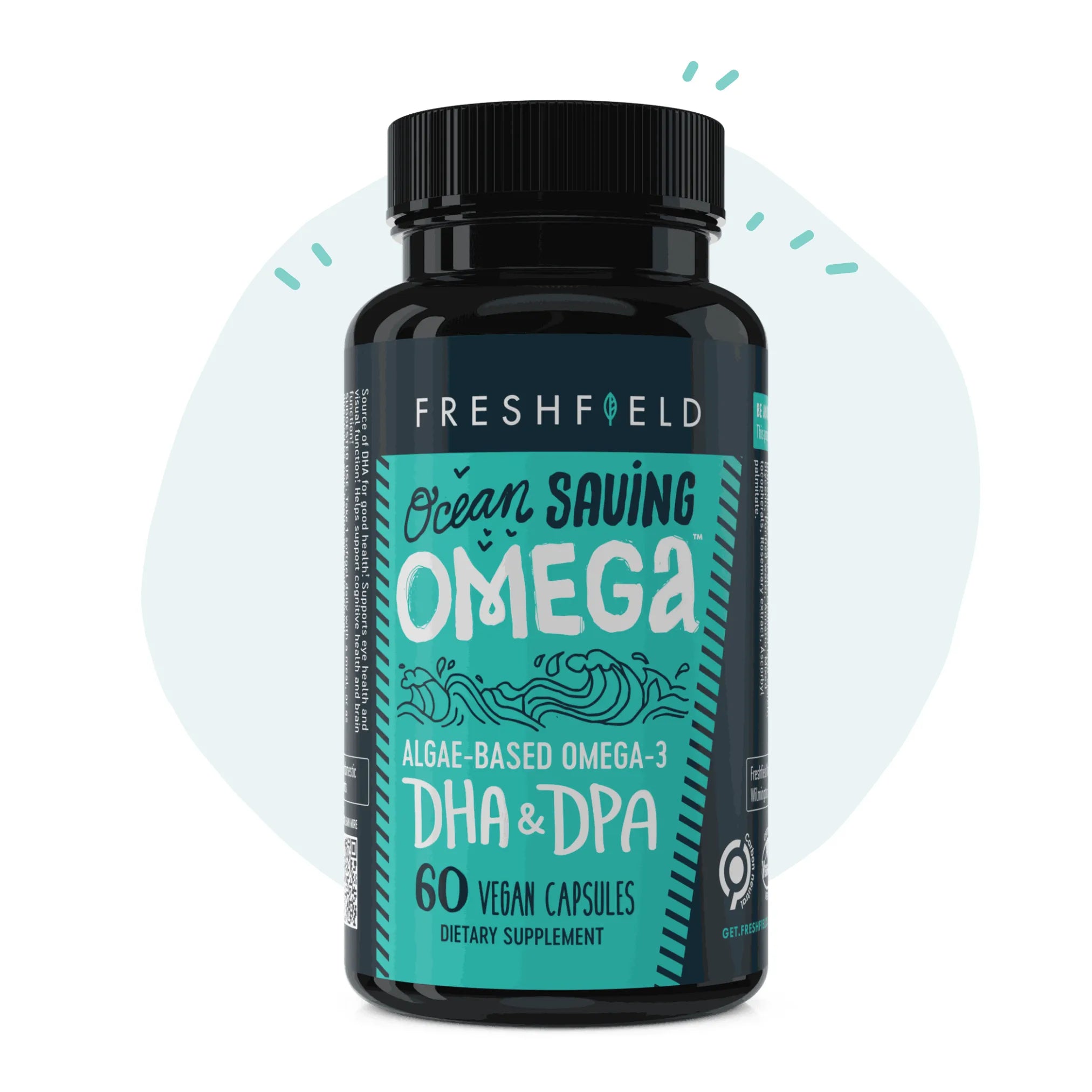
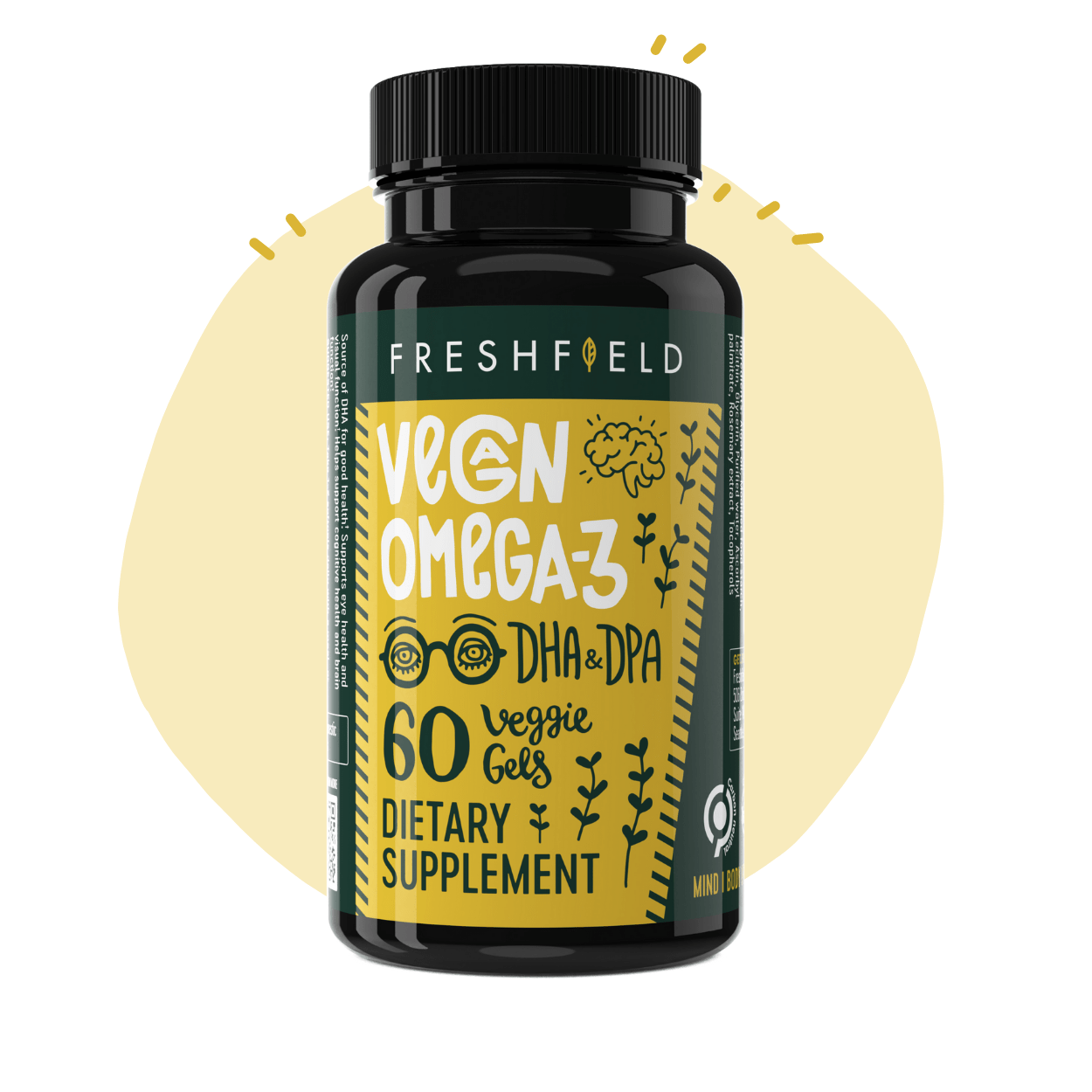

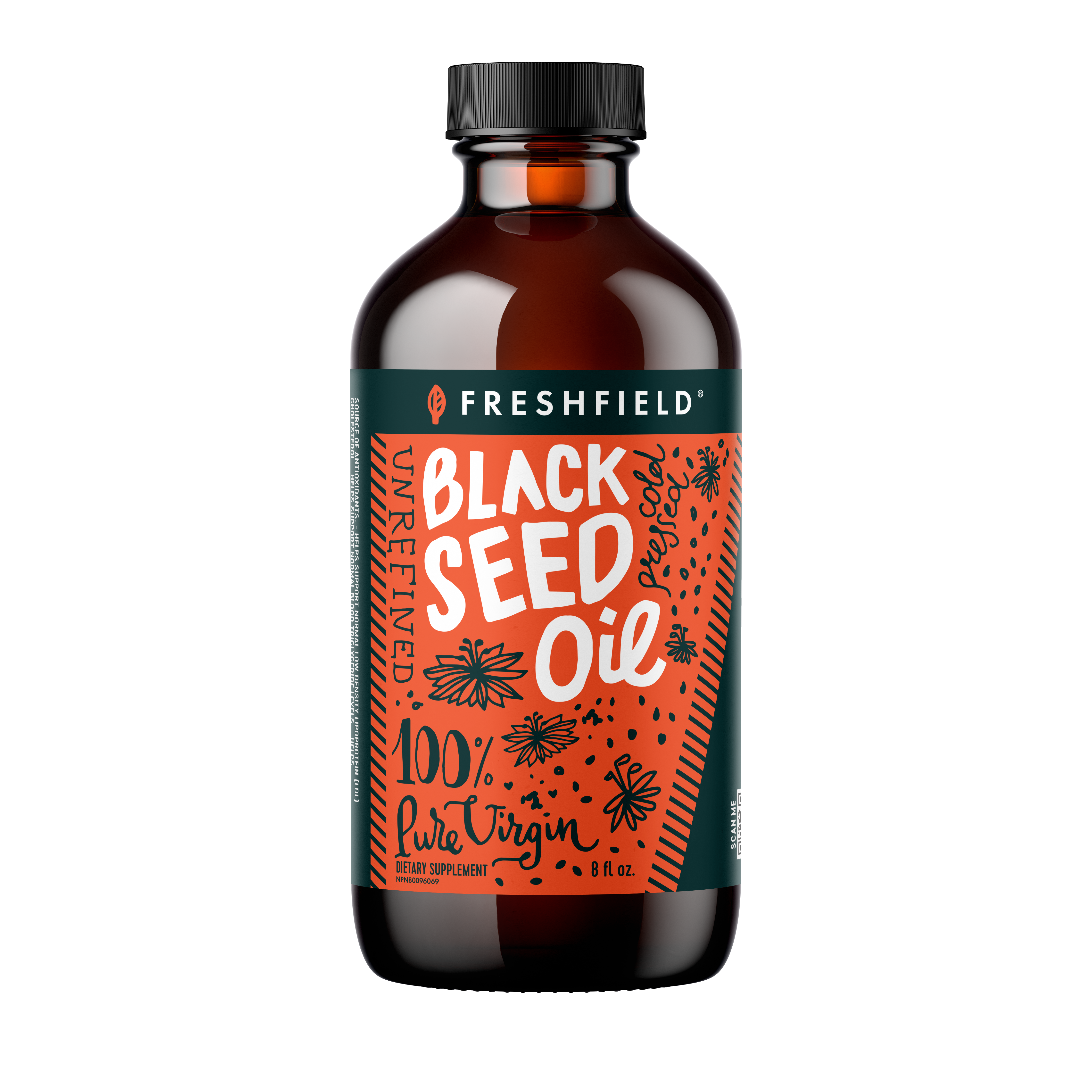
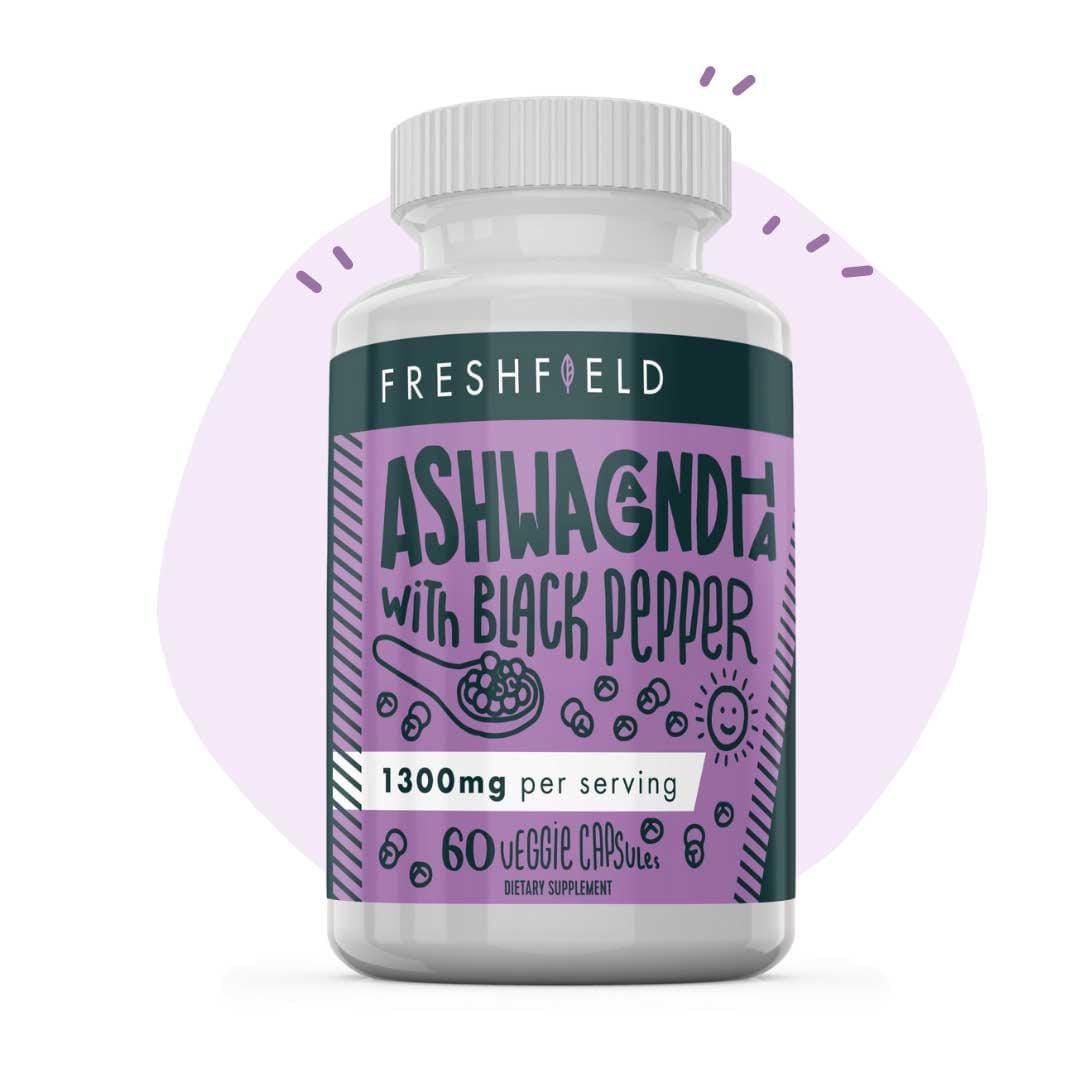
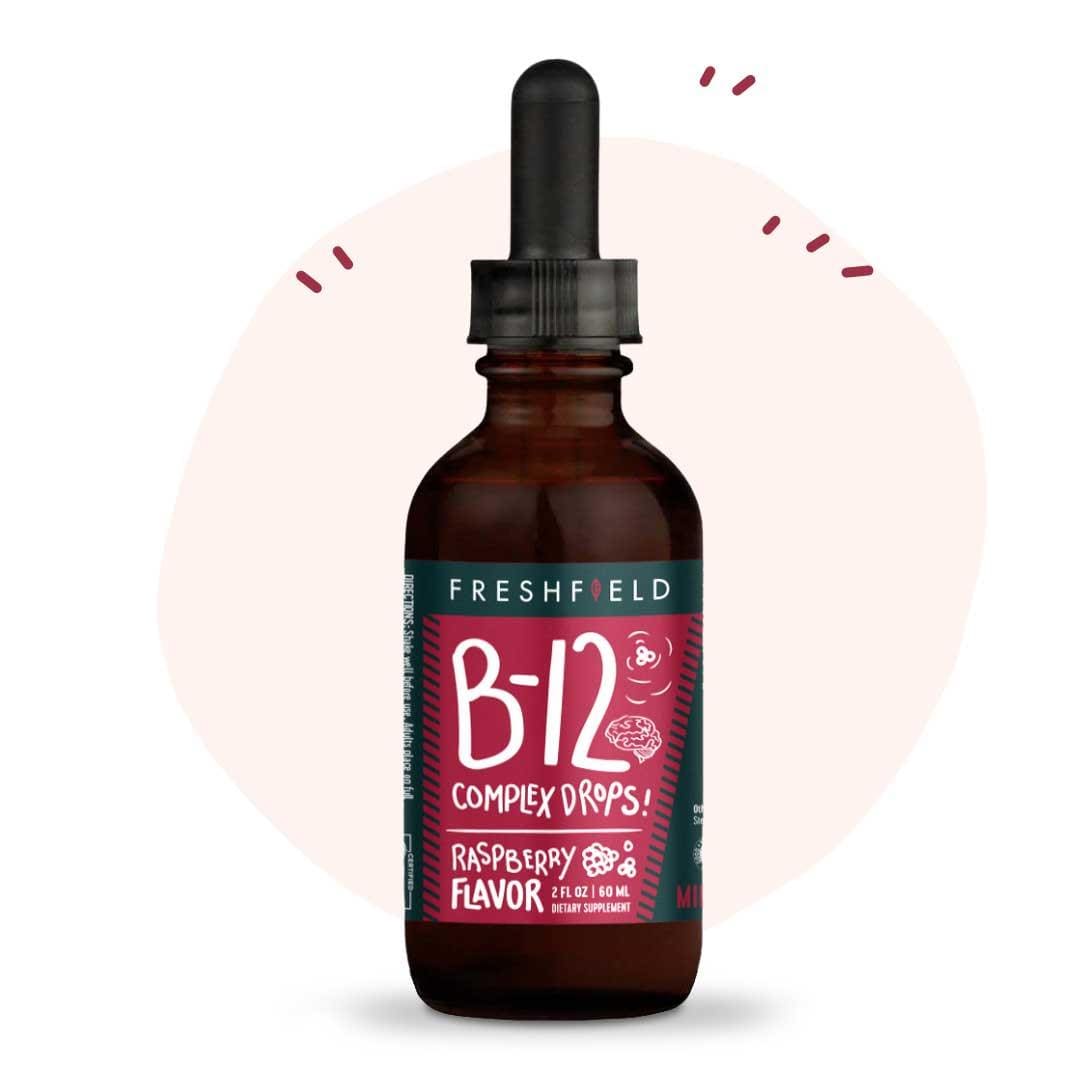
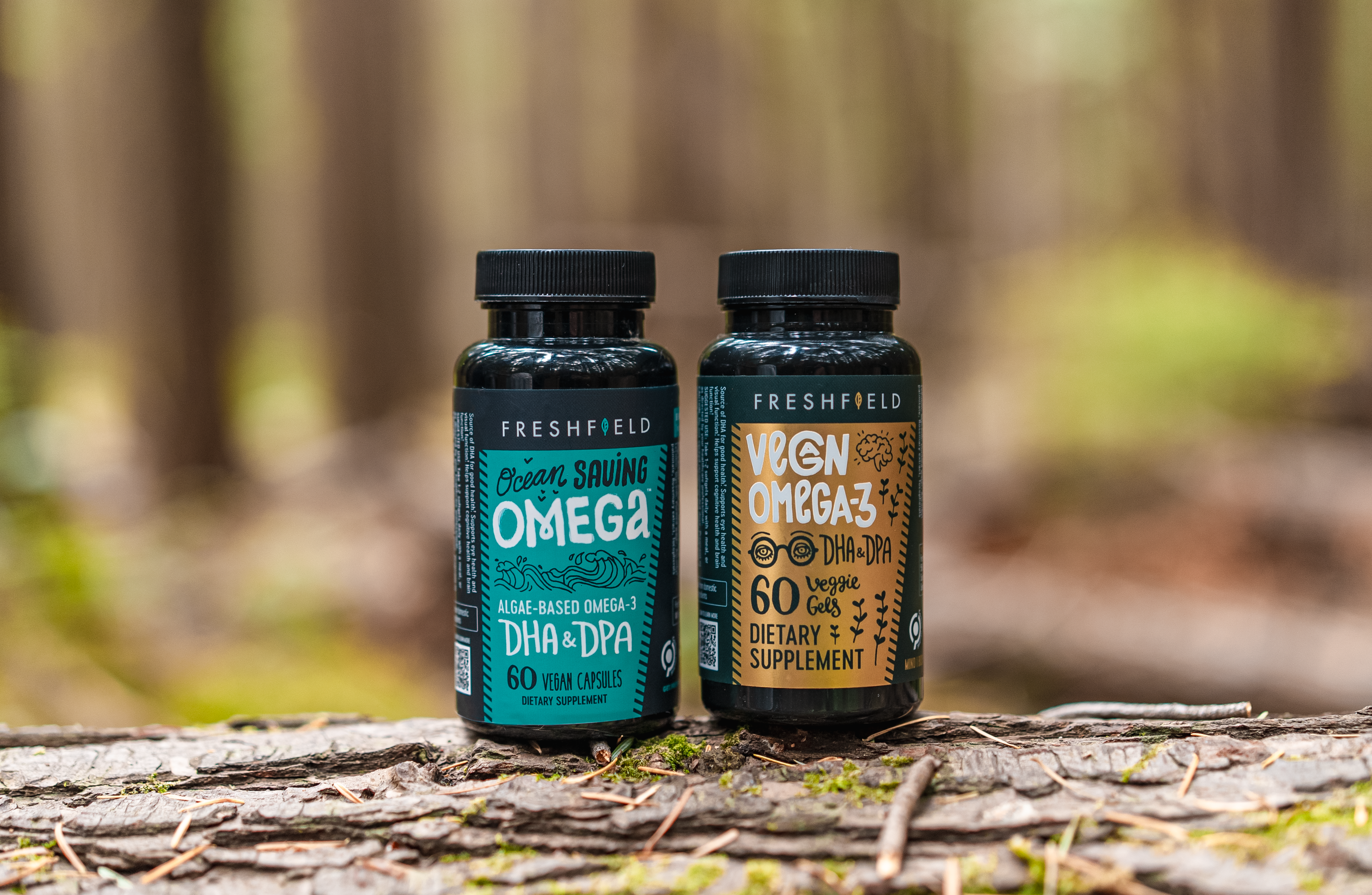
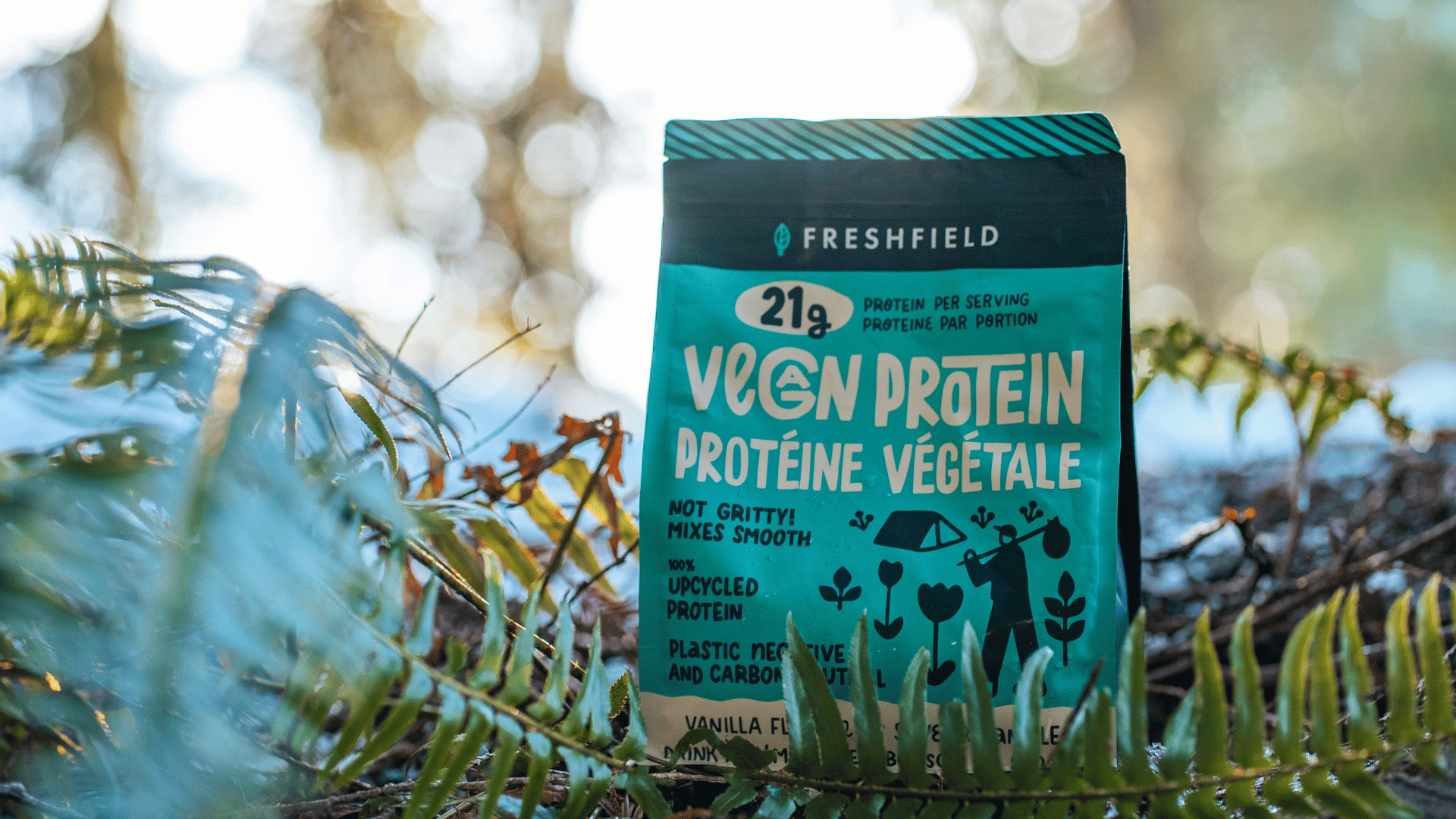

Share:
How To Become A Morning Person